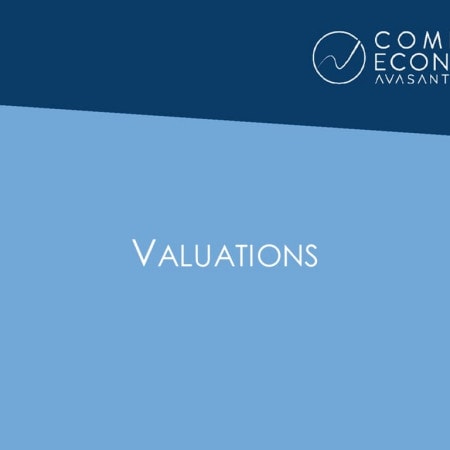-

3Q01 PC Memory Street Prices Forecasts
Unless there is another drastic reduction in manufacturing capacity, we expect generic memory prices to continue to fall, but only about 20 percent per year through 2005. Our projected prices for PC memory through the year 2005 are outlined.
April, 2002
-

3Q01 Notebook Price and Configuration Analysis Forecasts
Corporate buyers are dealing with a constantly changing laptop market and need to plan for future purchases. Price points continue to decline while configurations become more robust each year. Our analysis, as presented below shows how laptop models have changed over the last two years, and how they will continue to evolve through the year 2005.
April, 2002
-

3Q01 Midrange Computer System Price and Performance Forecasts
The midrange computer market remains active, and we expect a refresh of product lines every 18 months. We have projected price and performance for three levels of systems, starting with the low-end boxes up to the largest midrange systems for the next three iterations of systems.
April, 2002
-

3Q01 Disk Drive Capacity and Costs Analysis
Disk drive capacity will increase significantly during the next few years, and the price per gigabyte (GB) for generic storage will continue to decline. We have projected capacity and prices for drives used in midrange/server systems (SCSI) and stand-alone personal systems. As shown below, our projections through the year 2005 show hard drive capacity and commonly available price per GB.
April, 2002
-

3Q01 Desktop PC Price and Configuration Analysis
Corporate buyers are dealing with a constantly changing desktop PC market and need to plan for future purchases. Price points continue to decline while configurations become more robust each year. Our analysis, presented below, shows how desktop models have changed over the last year and a half, and how they will evolve through the year 2005.
April, 2002
-

Discount Report 3Q01
Computer Economics has tracked the discounting practices of IT vendors since the early 1980s. The average, high, and low discounts obtained by Computer Economics clients from various IT vendors during the first half of 2001 are shown in Figure 1. Details on discounts obtained on specific models and product lines are provided in other analyses.
March, 2002
-

Top Ten Steps for Disposing of Obsolete Computer Equipment
As the glut of high-tech junk accumulates, businesses are facing increasing pressure to properly dispose of obsolete computer hardware. In addition to compromising the environment, improper disposal of obsolete computer hardware can result in leakage of proprietary company information and violation of new federal privacy laws that ban the disclosure of non-public financial and medical information about employees and customers. This article provides a checklist of questions to simplify the process of electronics disposal and comply with new federal privacy regulations. (3 pp.)
February, 2002

 Grid View
Grid View List View
List View